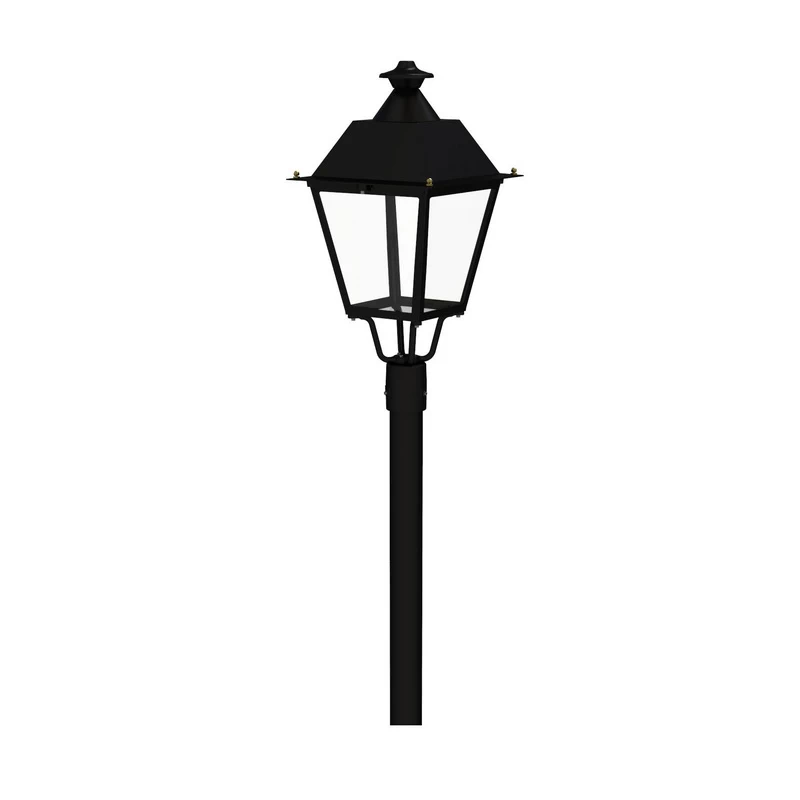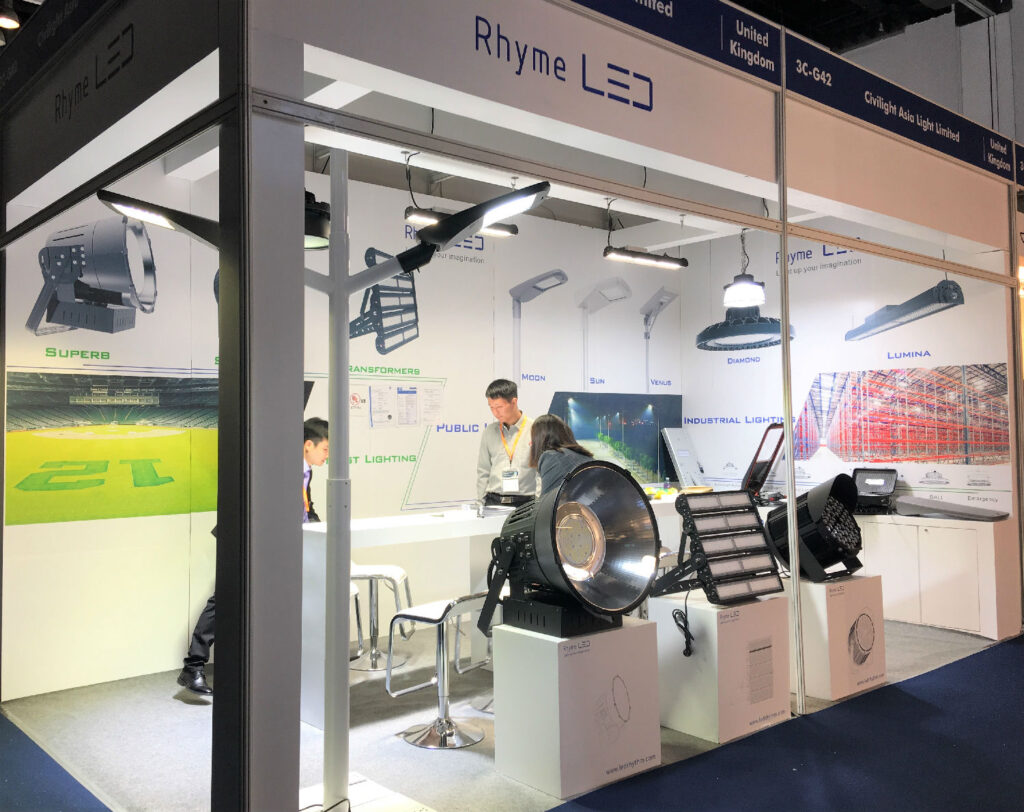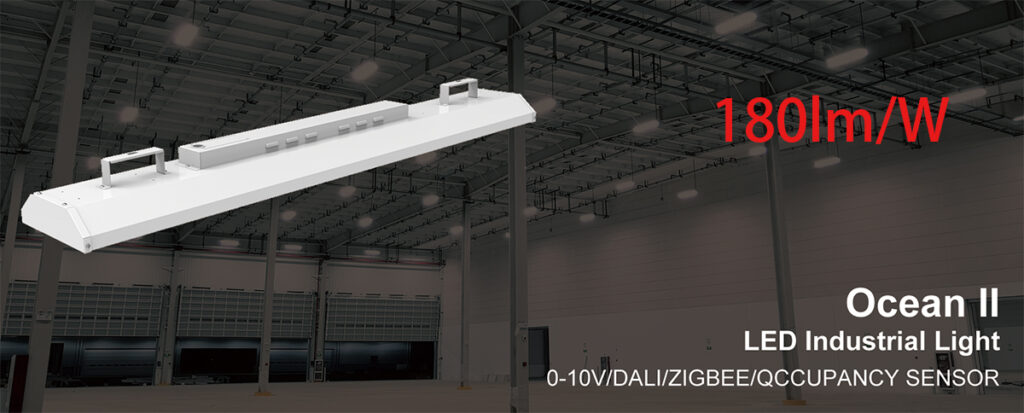How to reduce installation costs by designing structures?
As a reliable lighting supplier, we have been working hard to optimize our products, improve our production processes, and do our best to meet customer requirements.
Today I want to share a case study with you.
Our Japanese customers purchased a batch of baselights from us. The Japanese are well known for their rigorous attitude and attention to detail. Considering that the installation cost in Japan is relatively high, they proposed to design the lamps with a structure that is more convenient for installation.
Based on this requirement, our engineers further analyzed the structure of the baselights, conducted simulation experiments, and evaluated the production process. Finally, we believed that reducing the tedious steps in the installation process can greatly reduce the installation time.
In the end, we decided to use buckles to connect and fix the bracket and the light source. It only needs to be aligned and pressed to complete the installation, which greatly saves installation time and improves installation efficiency.
This product of ours has won the recognition of customers and has been installed in large quantities in Japan. It has saved customers a lot of installation costs and received very good feedback.
Our principle is to do our best to meet the needs of our customers and provide them with an excellent experience.








